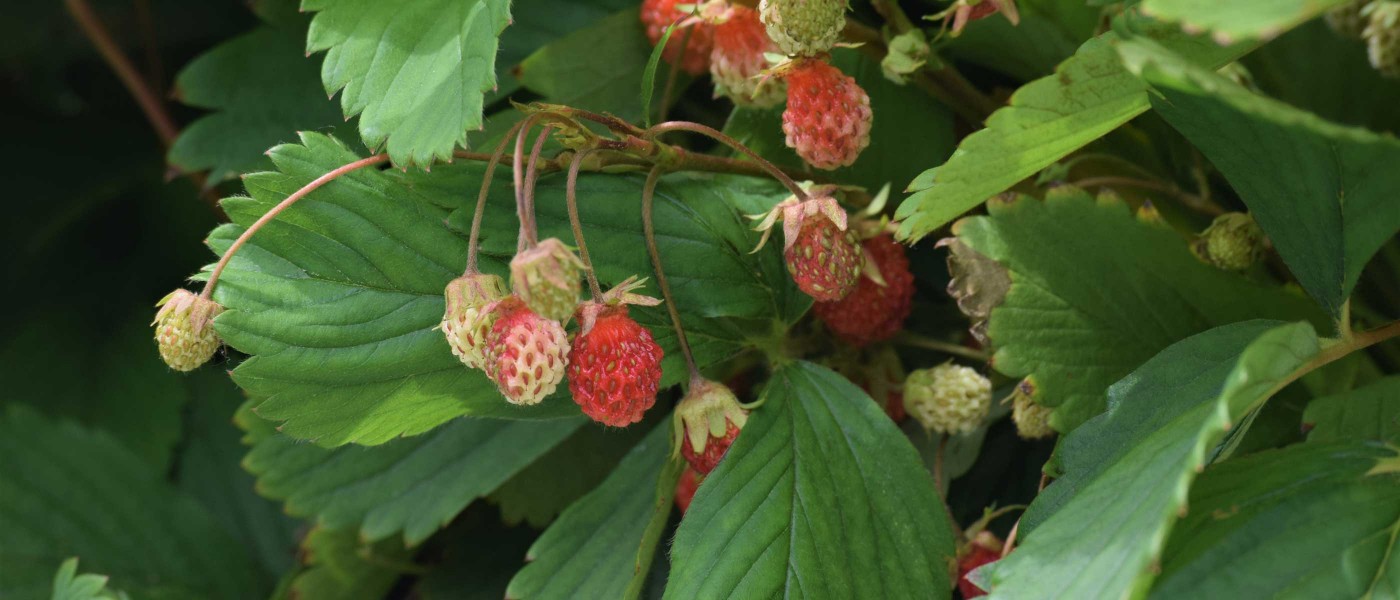Talking with Chenae Bullock
The Garden’s exhibit and audio tour Ohkehteau (Plants of the Earth): A Shinnecock Oral History features a personal oral history of native plants by Chenae Bullock, a Shinnecock Indian Nation tribal member and a descendant of the Montauk Tribe in Long Island, New York.
Bullock is a community leader, water protector, author, and cultural preservationist. She grew up all around the world and spent summers and some of her young adulthood on the Shinnecock Reservation in Southampton, NY, where her mother’s family still lives. No matter where her family found themselves, she remembers always being immersed in the natural world. She recently talked to Brooklyn Botanic Garden about her personal history with plants and nature.
BBG: What was your experience with plants growing up?
CB: I was a military brat, and we moved a lot, but no matter where we were, my mom always made sure we had a garden and had our traditional food plants. And with that, my mom started teaching me to identify plants.
Did you also learn on the reservation?
Yes, and there I learned in the community. Even though my mom created the foundation, as I got older, I learned so many things about plants from many people throughout my life. I found so many similarities in what my mother taught me and also a few different things
What is the Shinnecock Reservation like?
It’s rural, but developed and residential. And it’s right on the ocean in Southampton—we are a first contact tribe. Shinnecock means “the people of the stony shore.” My ancestors were the first whalers of this country and have always been surrounded by water, by the ocean, bays, and inlets.
One part of your work involves organizing historic paddling tours through the waterways of Long Island?
Yes, I have dedicated my life to the resurgence of canoe culture in our northeastern tribes, while encouraging other people to do the same. Not only does it give you a connection to the aquatic habitat and a sense of the importance of clean water, you also get a different perspective on the land from the water. My paddle tours draw a lot of people from the city and across the Long Island Sound. And at first, when they think of the Hamptons, they don’t normally see it from our Indigenous perspective, and don’t think even think that Indigenous people still live here.
How do the tours affect them?
They love it. They become very inspired to get more involved with the local Indigenous communities.
It seems like most Americans feel a disconnect between “nature” and the world they live in.
I think it goes back to when the settlers first arrived and created laws created against our natural way of living. For example, it became illegal to live in a traditional home made out of bark, or even harvest in areas that have been settled and are now considered private lands.
Now as we’re seeing the problems that view has caused, we see the value of our way of thinking. And the world—the environment—will depend on people being able to see things in a more flexible and holistic way.
That’s always been part of Indigenous culture.
Yes. One important piece is that we see the Earth as a living thing with a spirit. Europeans saw the land as something to profit off of. And historically, we have always lived biocentric lives. We see plants as part of that environment, just like we see are ourselves. When we have that mindset of connection, we view the plants differently.
What do you hope people take away from the exhibit and from your other work?
I hope that people realize we’re still here and our earth is alive! My voice speaks to that in this audio tour. People have this sense we’re part of history. Often native people, when we’re called upon to contribute, it’s for singing or for dancing or performing a ceremonial role. But when the real decisions are made, we’re not consulted or taken seriously. And that needs to change. My work is about opening people’s eyes, so they realize their part in this.
The Ohkehteau (Plants of the Earth) exhibit will be at Brooklyn Botanic Garden and online through November 7.


